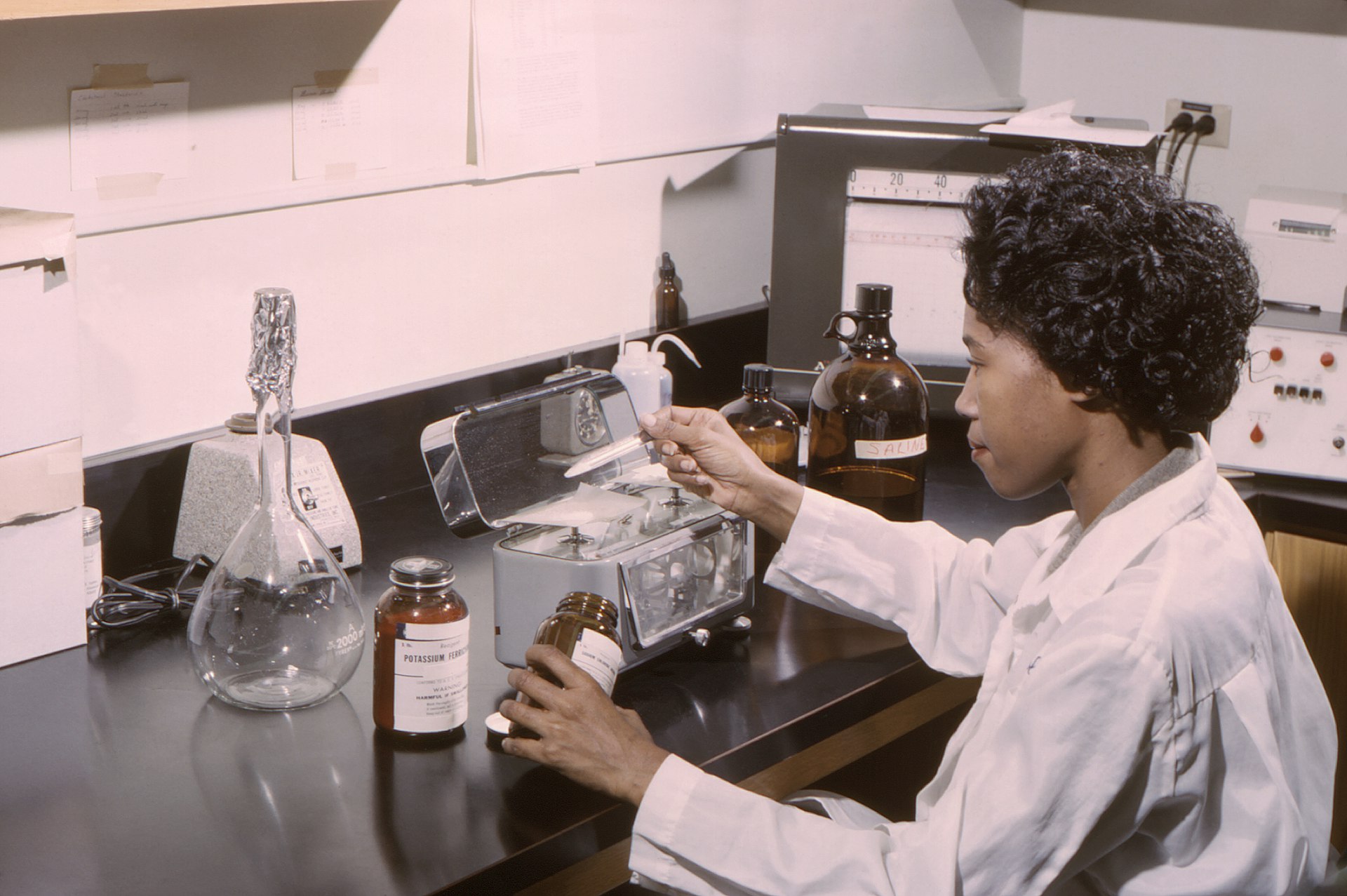Unlocking Sustainable Growth: Why Recycling Rare Earth Materials from Batteries Matters

Photo by Dillon Wanner on Unsplash
Introduction: The Rising Demand for Rare Earth Materials
Rare earth elements have become the backbone of our modern technological society. From smartphones and laptops to electric vehicles (EVs) and renewable energy systems, these materials are essential due to their unique electrical and magnetic properties. As the world rapidly shifts toward green technologies and digital devices, the demand for rare earth elements such as lithium, nickel, cobalt, and neodymium has soared. However, these elements are finite, challenging to extract, and concentrated in a few geographic regions, which creates vulnerabilities in global supply chains and highlights the urgent need for sustainable solutions [1] .
The Environmental Imperative: Why Recycling Is Critical
Mining rare earth elements is both environmentally and socially costly. Extracting just one ton of rare earths can generate up to 2,000 tons of toxic waste, contributing to habitat destruction, water contamination, and the release of hazardous substances [2] . As demand increases, unchecked mining could lead to even greater ecological degradation. Recycling rare earth materials from batteries presents a more sustainable alternative, reducing the need for new mining operations while also mitigating the environmental hazards associated with landfilling used batteries [1] .
Economic and Supply Chain Benefits of Recycling
The global supply of rare earth elements is precarious, with China currently controlling about 85% of production. This concentration exposes other nations to price volatility and resource insecurity [2] . Recycling rare earths from batteries and electronic waste can help diversify supply sources, stabilize prices, and create new economic opportunities. For example, innovative recycling processes have demonstrated the potential to recover significant quantities of rare earth oxides from discarded devices, with the possibility of generating millions of dollars in economic value while drastically lowering greenhouse gas emissions compared to traditional mining [3] .
Technological Challenges and Advances in Rare Earth Recycling
Recycling rare earth materials from batteries is technically complex. Unlike base metals such as copper or steel, rare earths are often used in tiny amounts and blended with other materials, making them difficult to extract and purify [4] . Current recycling methods often involve hazardous chemicals and significant energy use, which can limit their environmental benefits.
However, advances are being made. Scientists and engineers are developing new, less polluting processes that can recover higher yields with reduced carbon footprints. For instance, pilot plants in the United States are now being built to test these approaches on an industrial scale, showing strong promise for future scalability [3] .
Real-World Examples and Success Stories
Several companies and research institutions in the U.S. and Europe are pioneering rare earth recycling from batteries and electronic waste. For example, firms are partnering with data centers to recover neodymium and other rare earths from discarded hard drives. The American Battery Technology Company (ABTC) is building facilities to process and recycle minerals from spent EV batteries, aiming to close the loop between material extraction, use, and reuse [5] . These efforts are supported by government grants and private investment, accelerating the pace of innovation and commercialization.

Photo by John Cameron on Unsplash
How Individuals and Businesses Can Participate
Whether you are a consumer, business owner, or policymaker, multiple pathways exist to support rare earth recycling:
- For Individuals: Properly dispose of electronic devices and batteries at certified e-waste collection centers. Many local governments and retailers offer take-back programs. Search “e-waste recycling center near me” or check your municipal waste authority for guidance.
- For Businesses: Establish collection partnerships with certified recyclers or join industry initiatives focused on sustainable electronics management. Consider working with organizations recognized by your state environmental agency or the Environmental Protection Agency (EPA).
- For Policymakers: Support policies and incentives that promote battery recycling infrastructure, technology R&D, and public awareness campaigns. Engage with national laboratories, such as the Department of Energy’s Critical Materials Institute, for the latest best practices and research.
Step-by-Step Guidance: Accessing Battery Recycling Programs
- Identify the Type of Battery or Device: Determine whether your item contains rare earth elements (e.g., lithium-ion batteries from EVs, smartphones, laptops, or power tools).
- Locate a Certified Recycler: Search for battery recycling centers using terms like “certified battery recycler” plus your city or state. You can also visit your local government’s waste management website for specific drop-off locations.
- Prepare Batteries for Recycling: Follow all safety guidelines provided by the recycling center. This may include taping battery terminals or placing batteries in designated bags.
- Drop Off or Arrange Collection: Participate in community collection events, mail-back programs, or bring items directly to e-waste facilities as instructed by your local or state authority.
- Track New Opportunities: Stay informed about new recycling initiatives by subscribing to updates from organizations like the Department of Energy, EPA, or your state’s environmental department.
Challenges and Potential Solutions
Significant obstacles remain in scaling up rare earth recycling. The technical difficulty of extracting small amounts of rare earths from mixed material streams, the hazardous nature of some recycling chemicals, and the economic viability of new processes all pose challenges. Nevertheless, ongoing research is addressing these issues by:
- Developing cleaner, more efficient recycling technologies
- Securing public and private investment in pilot facilities
- Building public awareness and incentivizing responsible disposal
Alternative approaches may include designing batteries and electronics for easier disassembly and recycling, or incentivizing manufacturers to use recycled materials in their products.
Key Takeaways and Future Outlook
Recycling rare earth materials from batteries is fundamental to achieving a more sustainable, secure, and environmentally responsible future. As demand for clean technology grows, so does the importance of closing the loop on critical material use. By participating in battery recycling programs, supporting policy reforms, and staying informed about technological advances, everyone can play a part in securing the rare earth supply chain while reducing environmental harm. For the latest information and best practices, you can consult official resources such as your state environmental agency, the U.S. Department of Energy, and the Environmental Protection Agency.
References
- [1] BatX Energies (2023). Why It Is Important to Recycle Rare Earth Elements from Dead Lithium Batteries.
- [2] OKON Recycling (2023). Why Rare Earth Metals Recycling Matters: From E-Waste to Sustainability.
- [3] Ames Laboratory (2022). Recycling Rare Earth Elements Is Hard. Science Is Trying to Make It Easier.
- [4] Science News Explores (2023). Recycling Rare-Earth Elements Is Hard – But Worth It.
- [5] American Battery Technology Company (2023). Can America Catch Up-and Lead-in the Processing and Recycling of Minerals That Power EVs?
MORE FROM realtyexperts.ai













